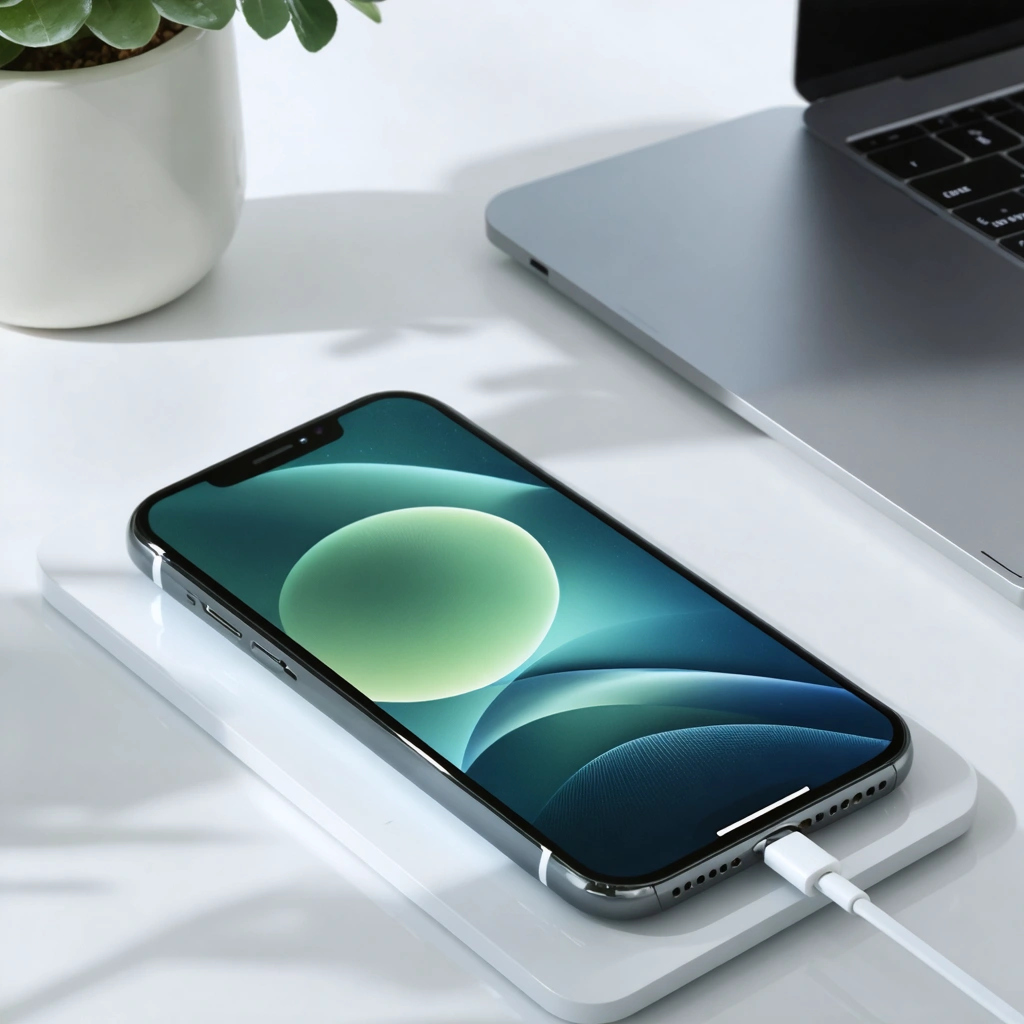
Introduction: The Evolution of Mobile Device Connectivity
The mobile technology landscape is undergoing a significant evolution as manufacturers explore designs that eliminate traditional physical ports. One of the most prominent examples is Apple, which has long been at the forefront of innovative design. Recent reports have indicated that Apple considered launching a port‑less device with the iPhone 17 Air, a concept that has been circulating in industry discussions since at least 2019. However, according to recent clarifications by European Commission press officer Federica Miccoli, devices with wireless‑only charging are entirely compliant with current EU regulations. In this article, we will explore the implications of these regulatory positions, their impact on the tech industry, and the strategic decisions that companies like Apple must consider as they navigate the future of mobile connectivity.
EU Regulations and Their Impact on Product Design
The European Union is renowned for its strict regulatory environment, which in many cases sets the standard for global technology markets. The recent affirmation that port‑less devices – those supporting only wireless charging – are acceptable under European regulations is a landmark decision. This stance not only clears a potential regulatory hurdle but also opens up new avenues for design innovation and sustainability. The EU’s decision underscores a few key points:
- Regulatory Flexibility: The assurance that devices without wired charging are compliant provides manufacturers with greater freedom to innovate.
- Environmental Considerations: Wireless charging can contribute to reduced e‑waste by eliminating redundant cables and accessories.
- Consumer Preferences: As user habits shift towards a more cable‑free lifestyle, meeting consumer expectations becomes equally as significant as regulatory compliance.
Key Regulatory Aspects
The EU’s decision is based on considerations including:
- Safety Standards: Wireless charging technology has been rigorously tested for safety, ensuring that its implementation does not compromise user safety.
- Electromagnetic Emissions: Compliance with emissions standards remains a top priority, and current wireless technology meets these requirements.
- Consumer Empowerment: Regulations continue to encourage consumer choice, ensuring that any transition to wireless‑only devices does not limit user functionality.
Apple’s Strategic Dilemma: To Port or Not to Port
For Apple, the possibility of introducing a port‑less iPhone was met with mixed signals from the consumer electronics community and careful consideration of regulatory frameworks. Although the firm has already started a conversation regarding the port‑less design, the decision to maintain a USB‑C port for now reflects a precautionary approach. The reasons behind this decision are multi‑faceted:
| Factor | Impact | Consideration |
|---|---|---|
| Regulatory Environment | Moderate | Ensuring global compliance is paramount; with the EU’s clear stance, further adjustments might be re‑evaluated. |
| Consumer Adoption | High | Transitioning from wired to wireless may face resistance among users accustomed to convenience and reliability of wired charging. |
| Technological Readiness | Variable | Wireless charging technology is still evolving, and issues like heat management and speed of charge need continuous improvements. |
Considerations for Business Strategy
From a business perspective, the potential leap to a port‑less device involves weighing innovation against market risk:
- Risk Assessment: Launching an entirely new standard must be preceded by rigorous market testing and consumer feedback analysis.
- Brand Identity: Apple’s reputation for steady, revolutionary design means that leaps in technology must be carefully integrated to maintain the iconic user experience.
- Supply Chain Adaptation: Transitioning to wireless‑only components requires re‑engineering of manufacturing processes and ensuring reliable supply chains.
The business implications are substantial. A quiet revolution in device design may reshape accessory ecosystems, alter customer service models, and require new partnerships across the technology sector. For companies like Apple, the decision not only influences product design but also strategically positions them within the upcoming era of wireless-centric mobile technology.
Future Prospects and Industry Impact
The implications of adopting a wireless‑only charging approach extend well beyond a single device. The industry at large is watching these developments, and several broader trends can be identified:
Enhancing Consumer Experience
One of the most immediate benefits of port‑less devices is a cleaner design and improved durability. Removing the charging port can lead to:
- Reduced points of failure, thus enhancing longevity and reliability.
- Sleeker and more aesthetically pleasing designs.
- Better water and dust resistance, improving overall protection against environmental damage.
Shifts in Accessory Markets
The potential move to wireless‑only charging could have a significant impact on the accessories market. Here are some key trends:
- Adoption of Universal Charging Solutions: In the absence of physical ports, manufacturers and accessory providers may collaborate on developing universal wireless charging standards that work across multiple devices.
- Innovation in Power Delivery: Companies will invest in developing faster and more efficient wireless power technologies that can match or exceed the charging speeds of wired connections.
- Enhanced Integration: Greater integration of wireless technologies in everyday life, spanning from wearables to automobile interfaces, may be catalyzed by more widespread adoption of port‑less devices.
Market Adaptation and Competitive Edge
Other tech giants are likely to re‑assess their product portfolios in light of these regulatory changes. The competitive dynamics could shift dramatically:
- Speed to Market: Companies that quickly adapt to the EU’s forward‑looking regulations might secure a competitive edge in emerging markets.
- Product Differentiation: A port‑less approach promises enhanced device aesthetics and durability, factors that can differentiate products in a crowded market.
- Sustainability: Emphasizing wireless charging could enhance a company’s environmental credentials, appealing to eco‑conscious consumers and aligning with global sustainability initiatives.
In conclusion, the recent EU confirmation that port‑less, wire‑free charging devices are within the regulatory framework represents a pivotal moment for the mobile device industry. Apple’s internal discussions about a wireless‑only iPhone, while yet to bear fruit in an official product launch, signal the beginning of what might be a transformative era in device design. Companies must balance innovative design with operational and consumer considerations, ensuring that technological advancements foster enhanced user experiences while remaining compliant with evolving regulations.
Looking ahead, the industry is poised for a future where connectivity is increasingly built on software and wireless networks, rather than physical interfaces. This shift underlines a broader, systemic change in how products are conceived, manufactured, and integrated into our daily lives. As the regulatory environment continues to evolve, manufacturers should consider the broader implications—environmental, economical, and technological—of a port‑less future. The discussion now encompasses not just the functionality of a device, but also how we manage interfaces in an increasingly interconnected world, where aesthetics, sustainability, and efficiency merge to redefine the standard for modern mobile technology.






